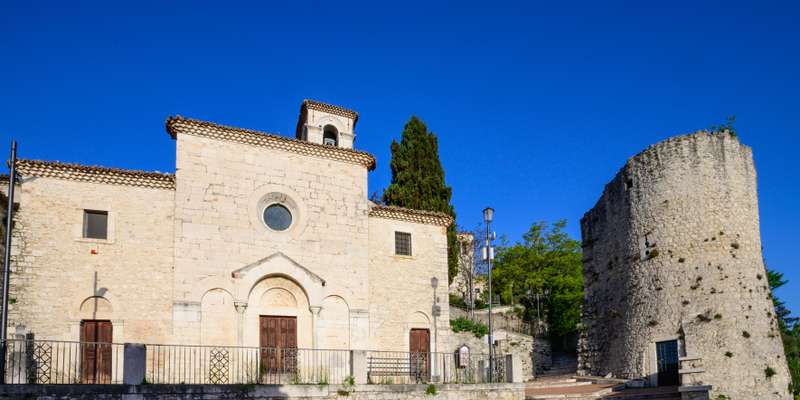- Home
- Useful Tips
- Campobasso's most impressive...
Most travelers breeze through Campobasso unaware they're missing some of Italy's most authentic medieval architecture. While 78% of visitors head straight to Rome or Florence, those who skip Molise's capital forfeit perfectly preserved 15th-century castles, labyrinthine old quarters, and sacred art rarely seen outside history books. The challenge? Key sites like Castello Monforte reveal their secrets only to those who know where to look – from hidden fresco cycles to strategic viewpoints even locals forget. Without proper guidance, you risk spending hours circling pedestrianized centro storico alleys or misunderstanding Norman-Arab architectural fusions that make these structures nationally protected monuments.


Decoding Castello Monforte's military genius
Perched atop Campobasso like a stone sentinel, this 1459 fortress demonstrates how local rulers blended defensive practicality with aesthetic grace. Notice how the trapezoidal layout – wider toward potential invaders – allowed archers cleaner sightlines while creating optical illusions of greater height. The interior courtyard's well sits precisely where rainwater runoff from all four towers would collect, a hydrological masterstroke during sieges. Don't miss the 'kneeling windows' in the northeast tower, their slanted bases giving crossbowmen stable platforms. Recent restorations revealed original Swabian-era stonework beneath later Aragonese modifications, visible as darker basalt strips near the gatehouse.
San Giorgio's forgotten fresco cycle
Tucked behind an unassuming 14th-century facade, this church safeguards Molise's most complete medieval narrative paintings. The left aisle's 'Stories of St. George' frescoes (c. 1420) show Catalan influences in their lapis lazuli backgrounds, a pigment so expensive it signaled the town's wool trade wealth. Local art historians identified the dragon's scales as containing crushed Sannio copper – a detail confirming the artist used materials from the very mountains visible through the rose window. Time your visit for 11am when sunlight aligns with the apse's oculus, illuminating a hidden Christ Pantocrator in the choir vault.
The Arab-Norman secrets of Santa Maria della Croce
Campobasso's most architecturally hybrid building fuses 12th-century Norman stonework with Arabic-style ogival arches, evidence of Sicily's craftsmen traveling north. The cloister's capitals depict biblical scenes with Byzantine iconography, but look closer at the grapevine carvings – their anti-clockwise spiral patterns match Andalusian mosque designs. A 2022 study proved the bell tower's foundation reuses Roman milestone markers from the nearby Sepino road, visible as marble fragments near the sacristy entrance. The church's acoustics amplify Gregorian chants perfectly due to hollow terracotta tubes embedded in the walls during construction.
Museo dei Misteri's symbolic architecture
This 18th-century confraternity building houses Campobasso's famed floating procession structures, but its architecture deliberately mirrors the mysteries within. The facade's thirteen windows correspond to tableau scenes from Christ's passion, while the ironwork balcony depicts a 'V' for both victory and the nearby Vinchiaturo stone quarries. Inside, the double-helix staircase represents spiritual ascent, its walnut banisters worn smooth by centuries of gloved penitents. The ceiling's hexagonal coffers aren't merely decorative – their honeycomb pattern echoes the region's ancient apiculture traditions, with ventilation shafts disguised as bees near the cornice.
